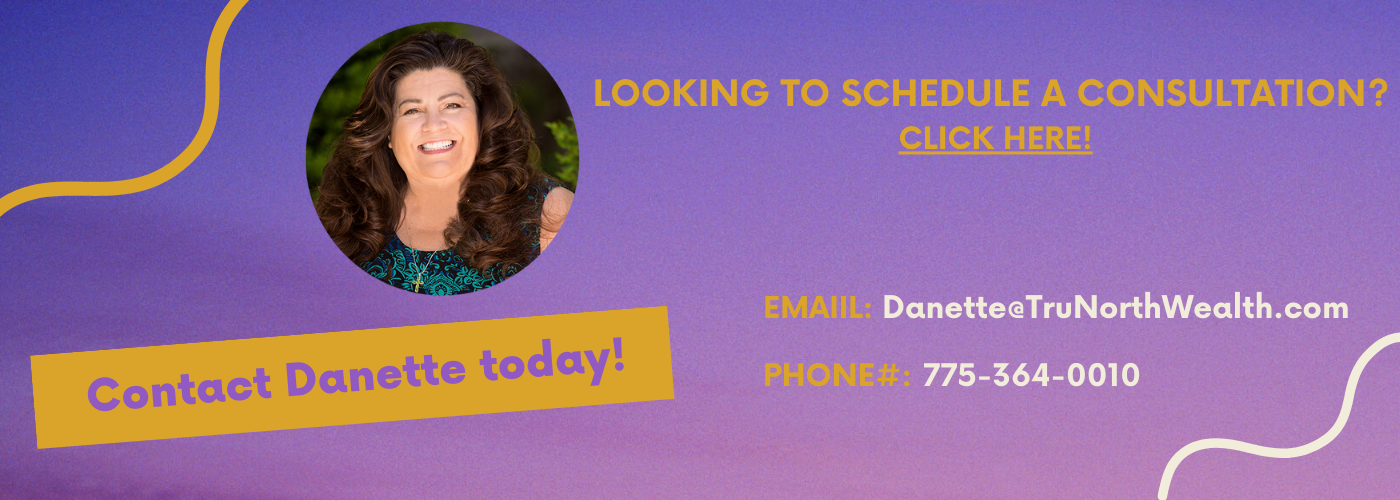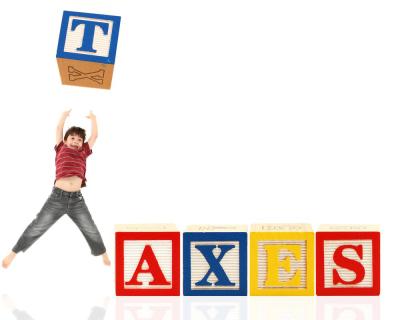Income Tax Blunders to Avoid in 2023
The most common mistakes Income Tax mistakes usually result in a simple lack of understanding of the consequences of our decisions. We simply didn’t know that the Tax Implications were so large or could have been avoided. In this article, we’ll cover three common tax mistakes and how to avoid them.
If you don’t like paying taxes, then this article is for you.

Taxable Vs. Tax-Deferred
There are two main types of investment accounts, taxable and tax deferred. Under the category of taxable accounts, you’ll find Trust Accounts, Joint Accounts, & Individual accounts. We call these “Regular”, “Taxable”, or “non-Qualified” accounts.
The money you put inside of these accounts has already been taxed, either through your business or if you’re an employee, through your paycheck.
Tax deferred accounts are IRA’s, SEP’s, Simples, and 401(k)s, these tax deferred accounts are also called “Qualified” accounts. Meaning, the money that goes into them has not been taxed yet. It gets deducted from your total income and you don’t pay taxes until the money is withdrawn from the account.
That’s the basic distinction, between the two main types of investment accounts, the accounts we call “Taxable” refers to the fact that any gain on the investment will subject to capital gains taxes.
The accounts we call “Tax Deferred” refers to the fact that the money that goes in, or the subsequent gains, are not taxed until the money is withdrawn, and at that point, the withdrawals are subject to ordinary income taxes, which are typically higher than capital gains taxes.
Sounds simple enough right?
We either pay tax now, or we pay tax later. And as we’ve talked about before, we don’t like to pay taxes, so we tend to put as much as we can in the “tax deferred” or pay taxes later bucket.

Blunder #1: Underfunding Taxable Accounts
That leads us to Blunder #1: Putting too much of our total savings in tax deferred vehicles. We are so tax adverse, we want to save as much as possible on our current tax bill, so we put every dollar into tax deferred savings.
Here’s the mistake, when get to the retirement phase of our lives, if we want to make a large purchase, let’s say we want to buy a boat for $400,000, if all of our money is in tax deferred accounts, then we have to either borrow money and pay interest, which is expensive, or we have to withdraw it from our tax-deferred savings accounts.
At that point, the entire amount we withdraw is taxable at the ordinary income rate, and because it’s such a large amount it could easily, easily, put us into the highest tax bracket.
What’s the solution? Consider putting a portion of your long-term savings into a “Taxable” account, meaning the money going into the account has already been taxed. This way, if you want to make a large purchase in retirement, you have a pool of funds to draw from that won’t generate a huge tax problem.
Let’s look at an example:
If over time you invested $250,000 and it’s grown to $400,000, then the part that’s taxable is the gain of $150,000. Do you see the benefit?
Compared to the situation where you have all your money in a tax deferred account, if you withdraw $400,000 that full amount would be counted as ordinary income.
Blunder #2 – Company Stock Options
Probably one of the most expensive mistakes people make has to do with exercising their corporate stock options. Most publicly traded companies offer stock option plans to their employees.
You’re granted a variety of stock options, ISO’s and NSO’s, with a variety of exercise options and strike prices. Prior to exercising your options make sure that you’re 100% clear on the tax consequences.
Let me explain why this can be such a huge blunder. Years ago, I worked with a client, who had an incredibly high salary and worked for a publicly traded company. He and his family lived a lavish lifestyle, spending money as quickly as they made it.

Mom Advice – Pay Yourself First
Spending more than you make is a whole separate blunder, remember – “mom-advice” – Pay yourself first, at least 12% of your net income should go towards long-term savings.
He had both kinds of stock options and “needed” to make a large purchase and he just randomly picked the ones with high tax consequences, even though he had both available.
Incentive stock options can be confusing, so please, get help and make sure you clearly understand the tax implications PRIOR to selling.
Blunder #3 – Not selling an investment with a gain because you don’t want to pay tax.
You’ve done it, you hit a home run, you purchased an investment, and it skyrockets. You have an investment that’s made a nice tidy profit. What do you do next?
The decision to sell or not to sell, is the real question. For most of us, we make that decision based on our “loss aversion bias” that we talked about several episodes ago. In other words, we don’t sell because we don’t want to pay taxes on the gains.
Even though, the taxes are only a portion of the gains, for the most part, we prefer to see that higher “unrealized” value as opposed to the lower, “realized” value.
Client Story
During the dot-com bubble, I had a client invest $5,000 into a tech company. The stock skyrocketed – it was incredible – grew quickly to over $100,000. I begged him to sell, sell at least a portion. His loss aversion was not only not wanting to pay the taxes, but also, the fear of missing out of potential future gains.
In his mind, if $5,000 can grow to $100,000, how much can $100,000 grow to? End result, he never sold a single share and went the dot-com bubble burst, he lost everything including his original investment.
What can we do? What are our options? Whether or not to sell or hold an existing investment is a much harder decision than buying.
Here are three alternate strategies to consider:
- Annual Tax-Gain Harvesting: This is where you sell a portion of your gains every year, taking a little bit off the top, and paying a little bit in taxes, so that you’re taking a little profit along the way.
- Charitable Donations: Donating a position with a large capital gain to a charity allows you the potential for a large write-off. You get to deduct the market value of the shares you donate, and you do not have to pay capital gains taxes.
- Either a Stop Loss or a Put Option: Having a stop-loss in place means you’ll continue to own the investment as long as it doesn’t dip below a price you specify. A put option means you’ll have the right to sell the stock at a certain price.
Planning, Planning, Planning:
Every situation I’ve seen where someone ended up paying more in taxes than they needed to, could have been avoided with some additional education like this. If you have a big financial decision to make, seek the advice of a professional, your CPA, your financial advisor. If you’re not working with an advisor yet, call our office and set an appointment or we can refer you to an advisor in your area.




